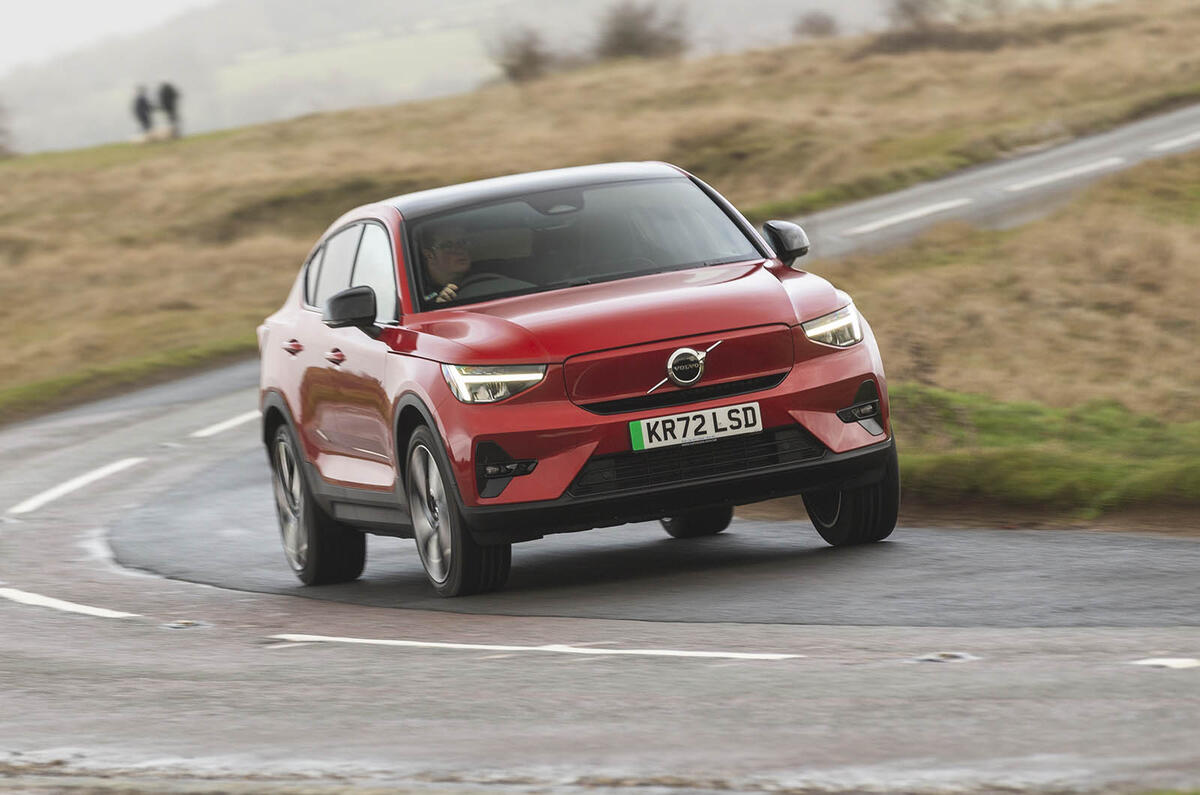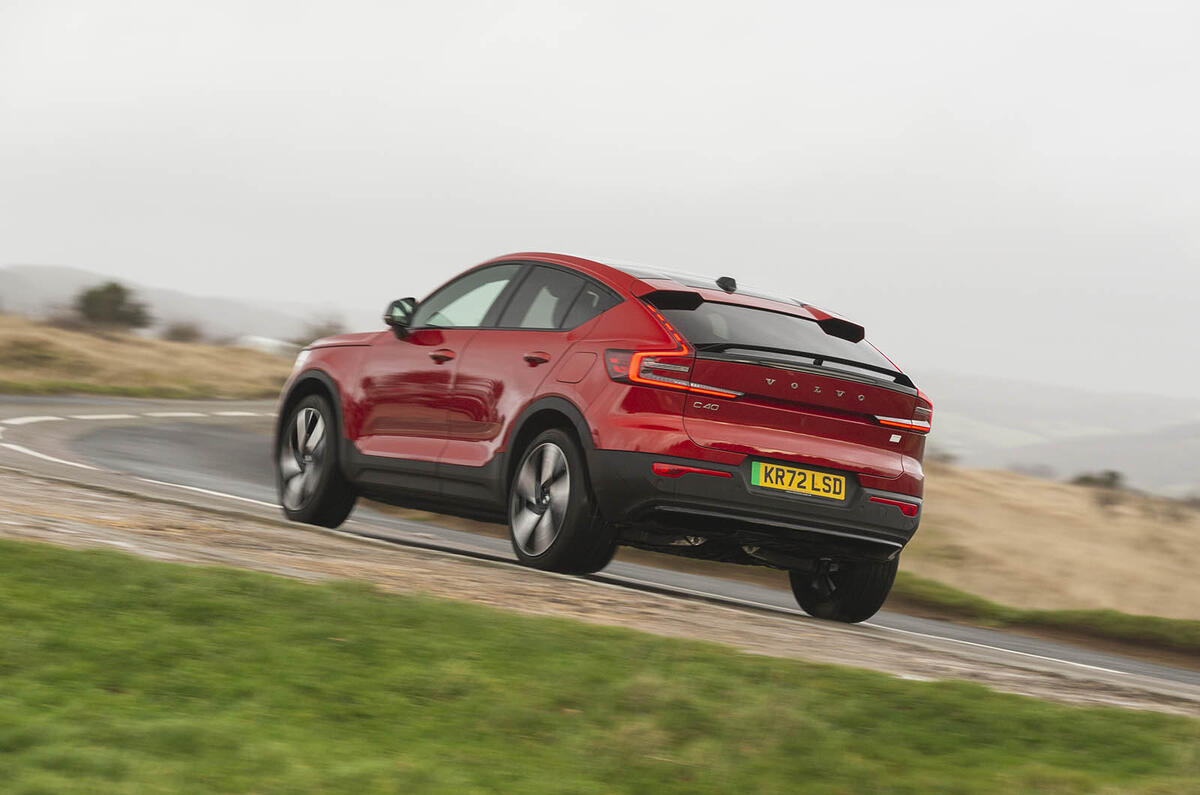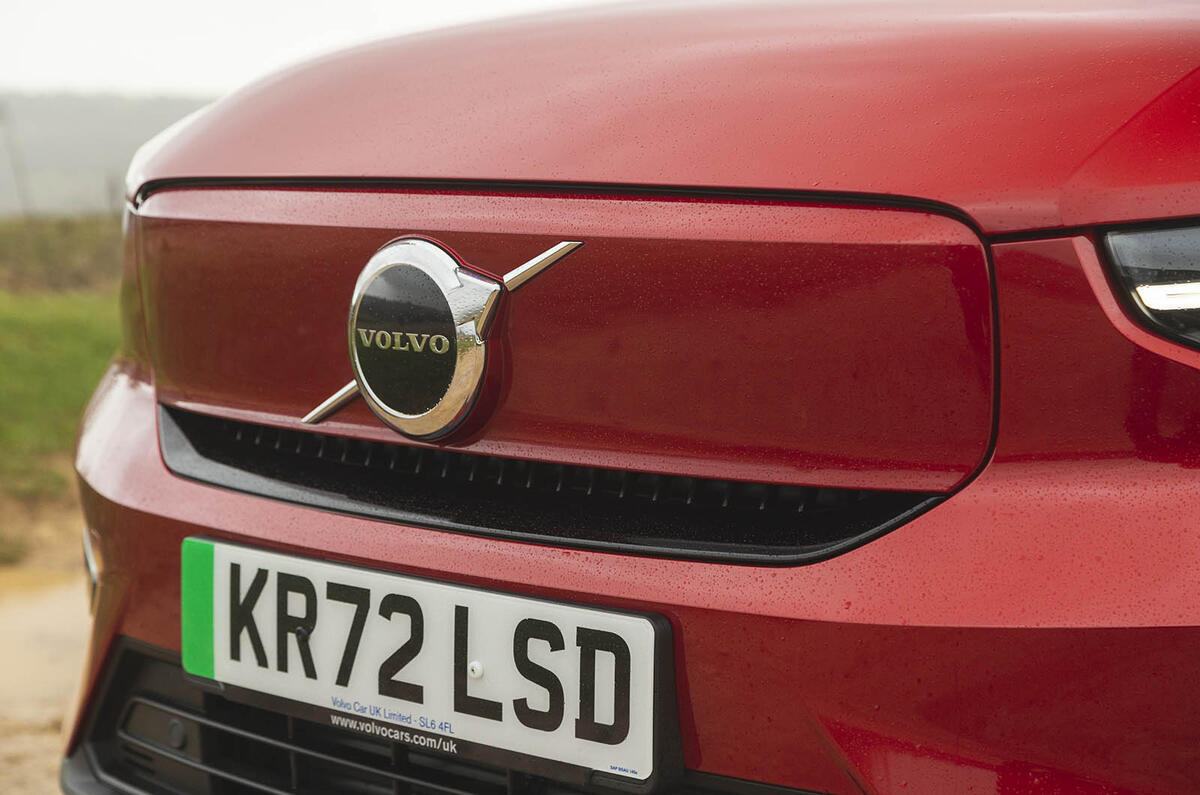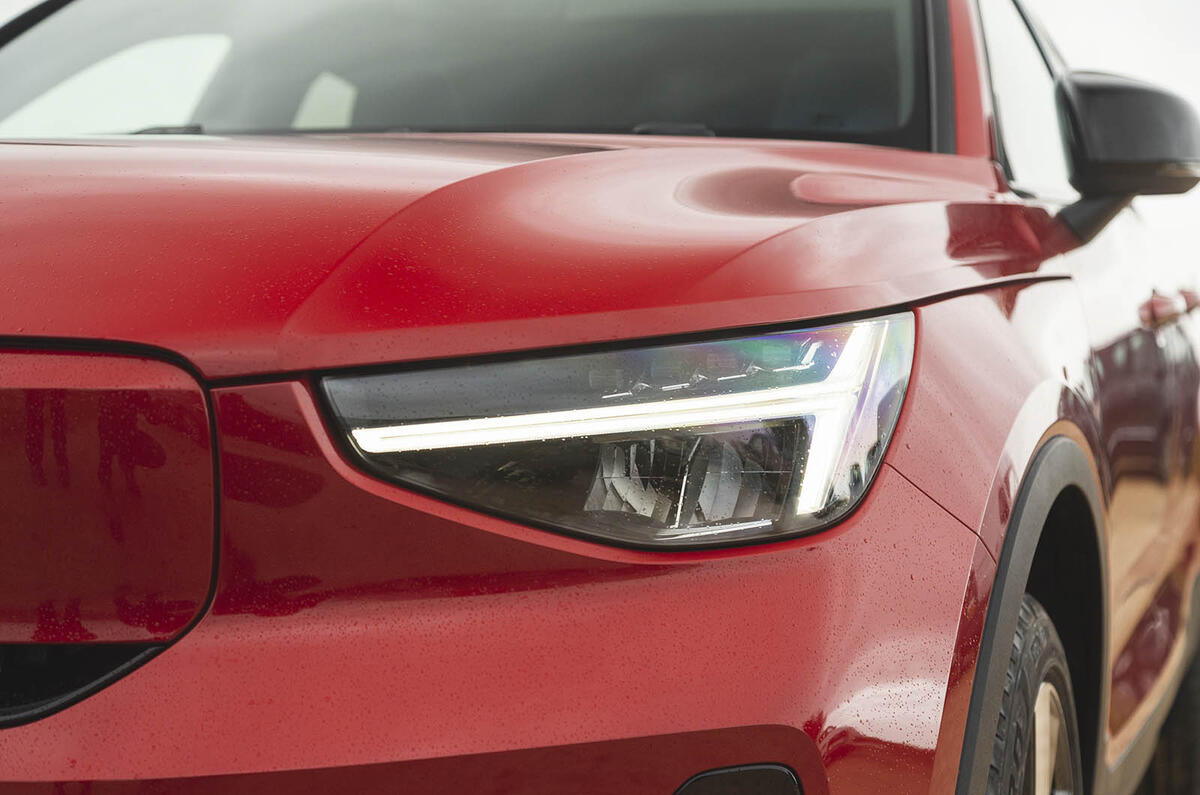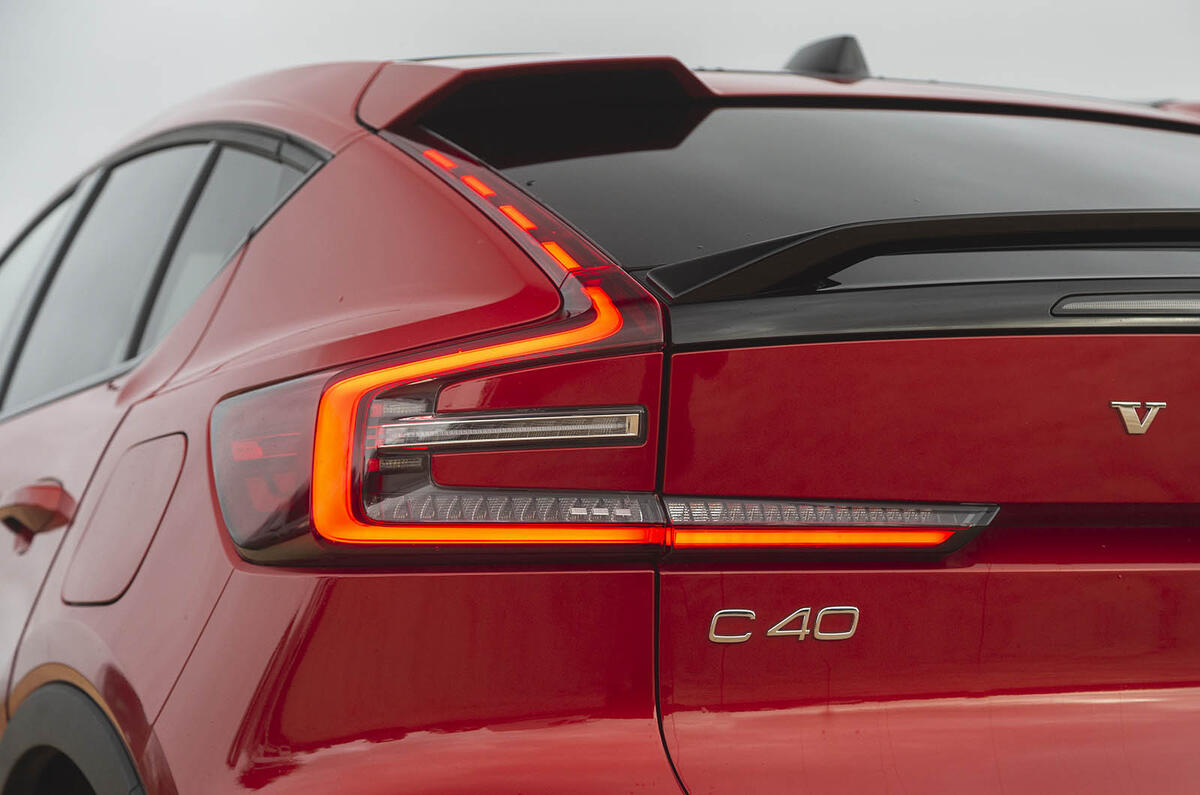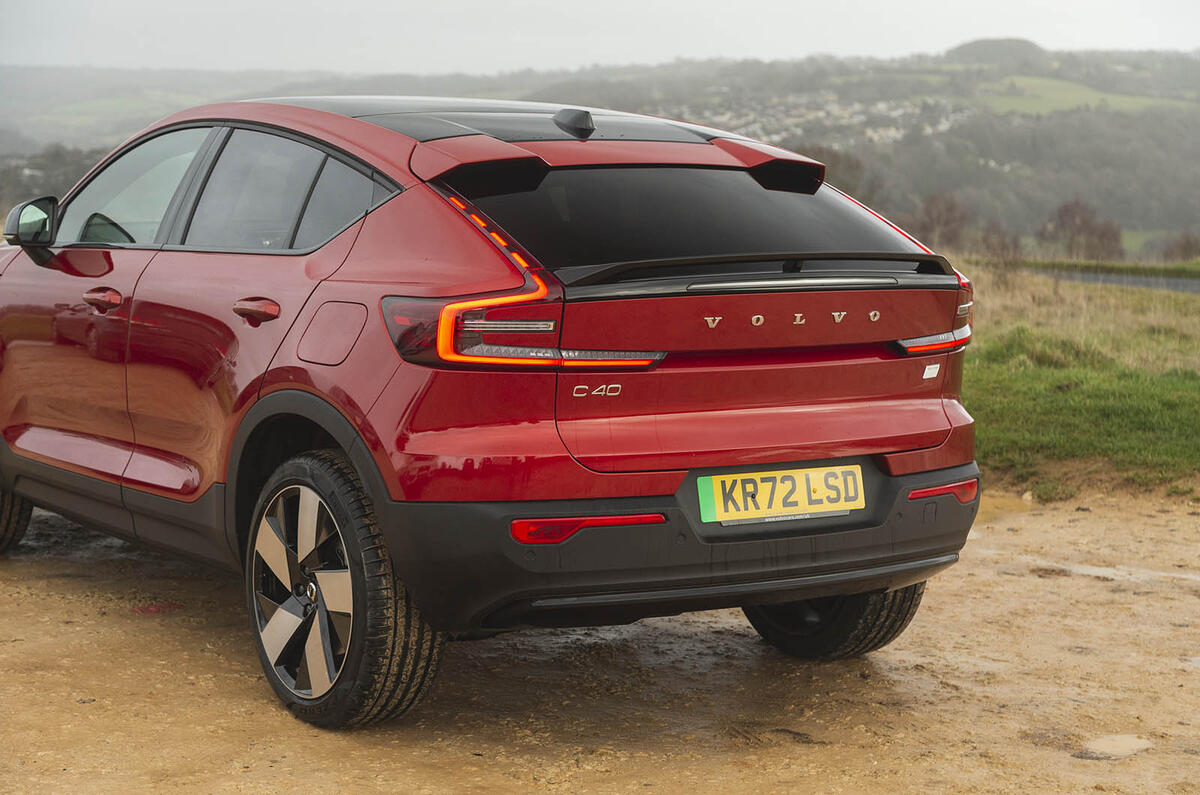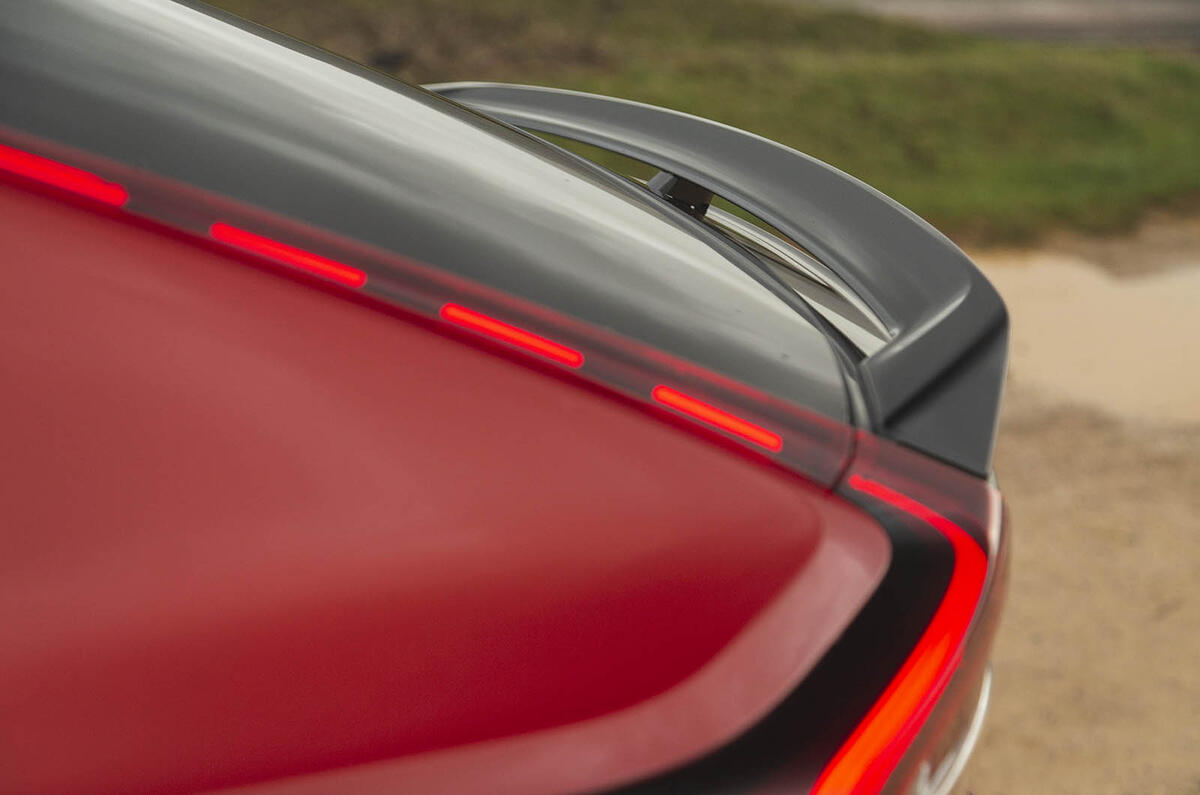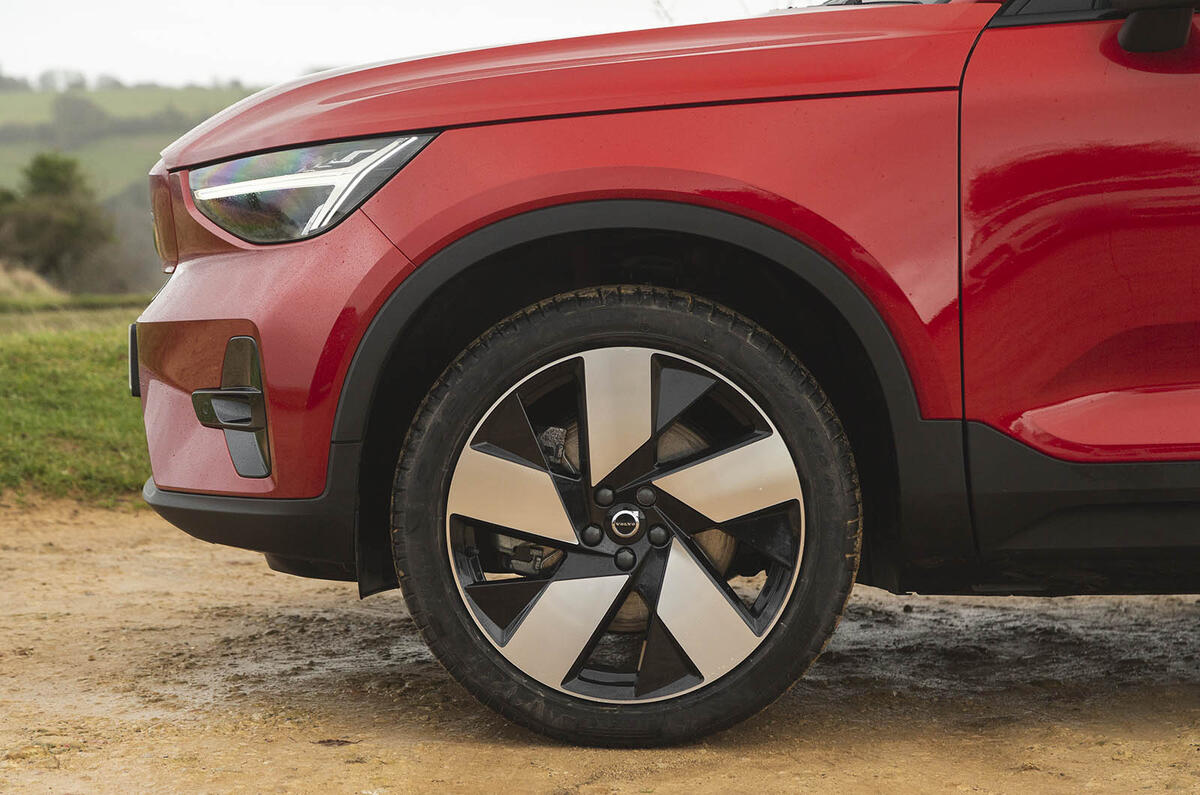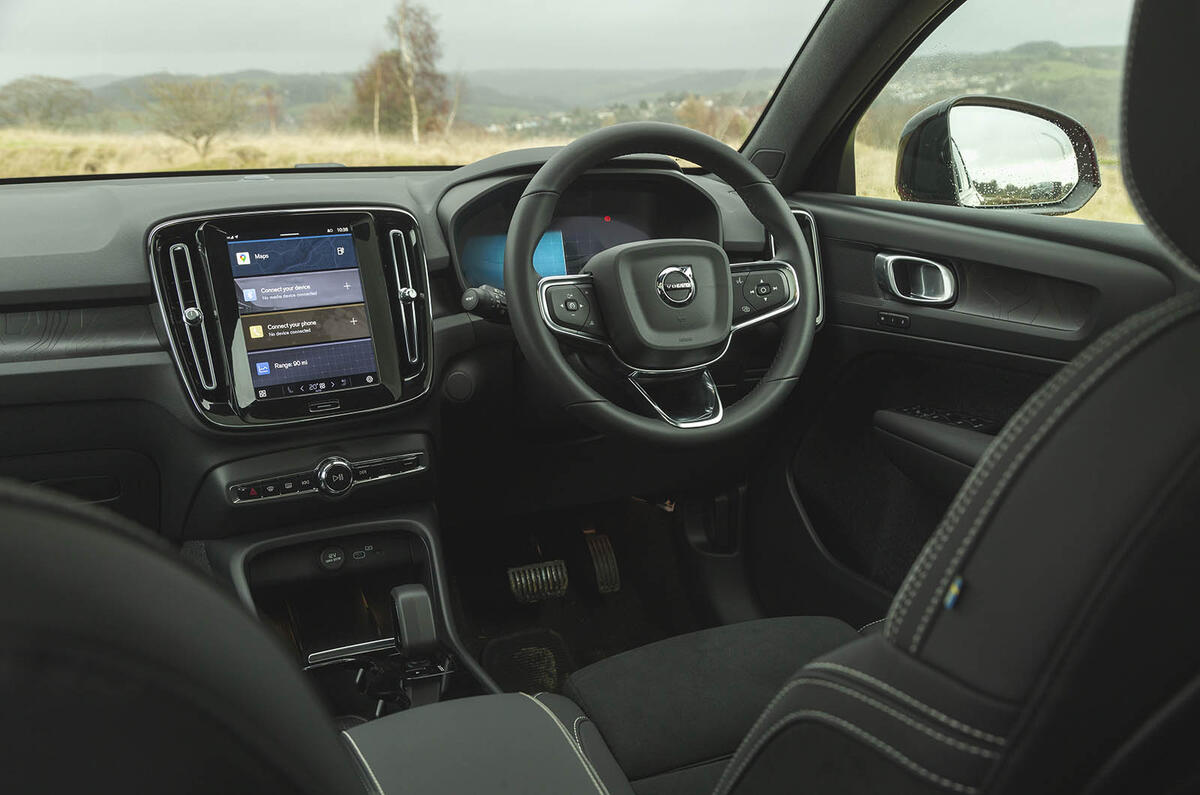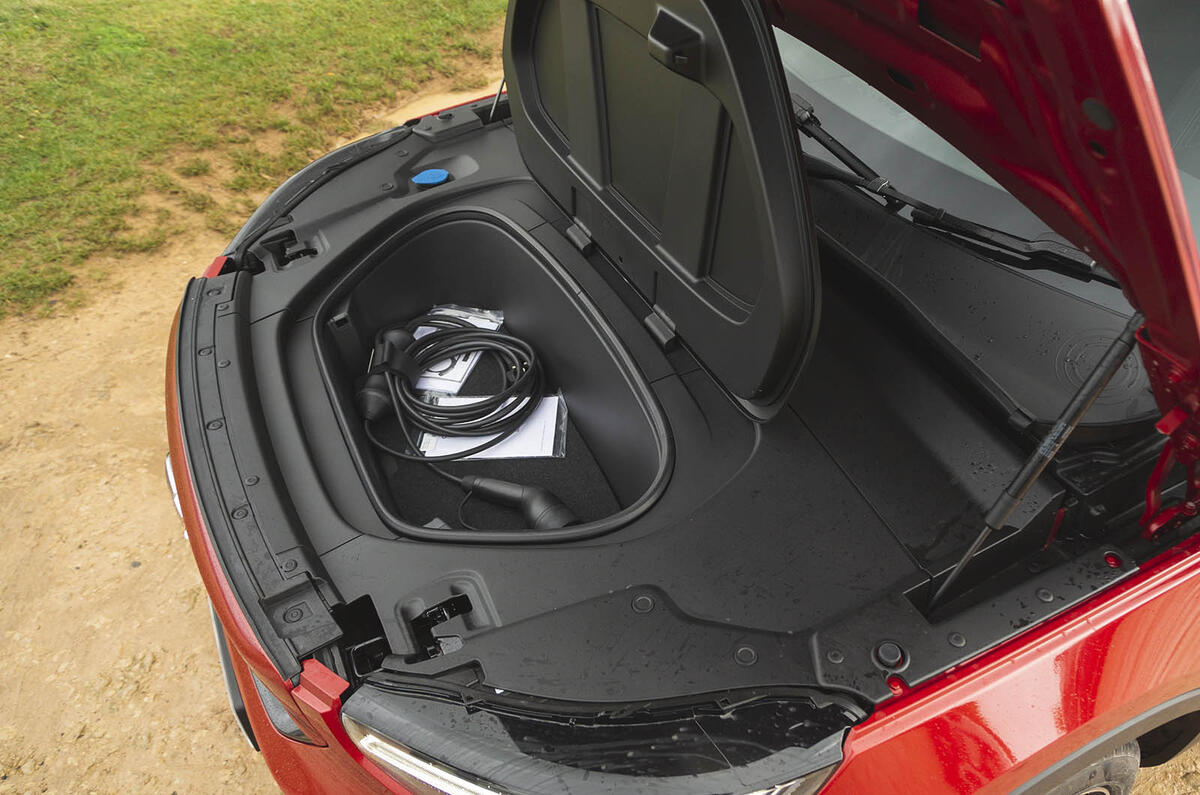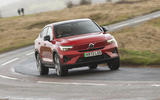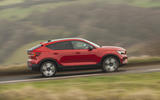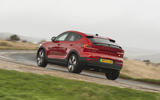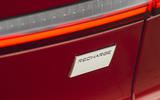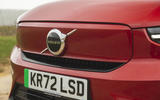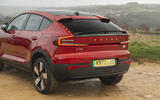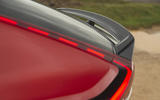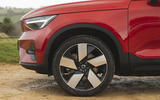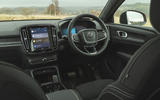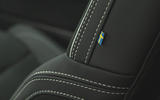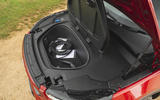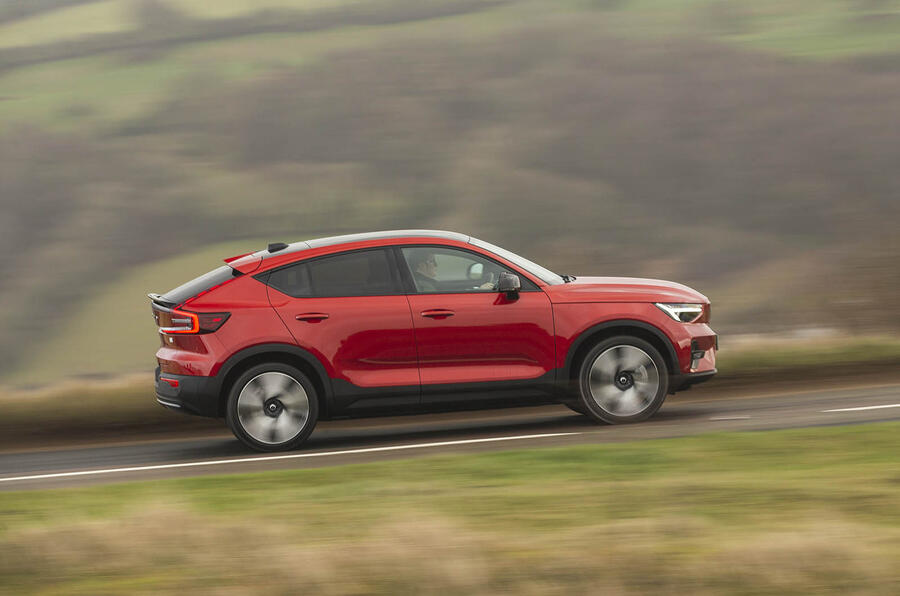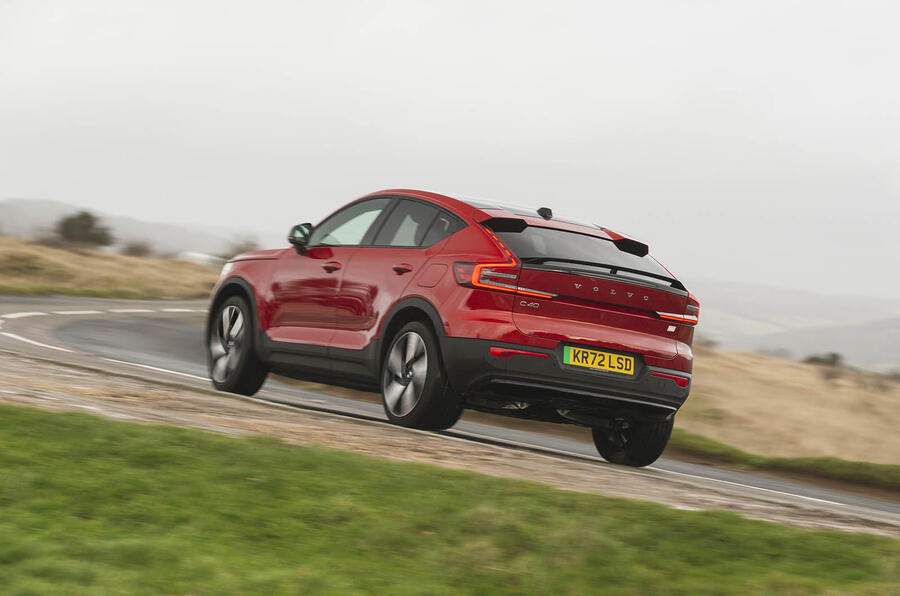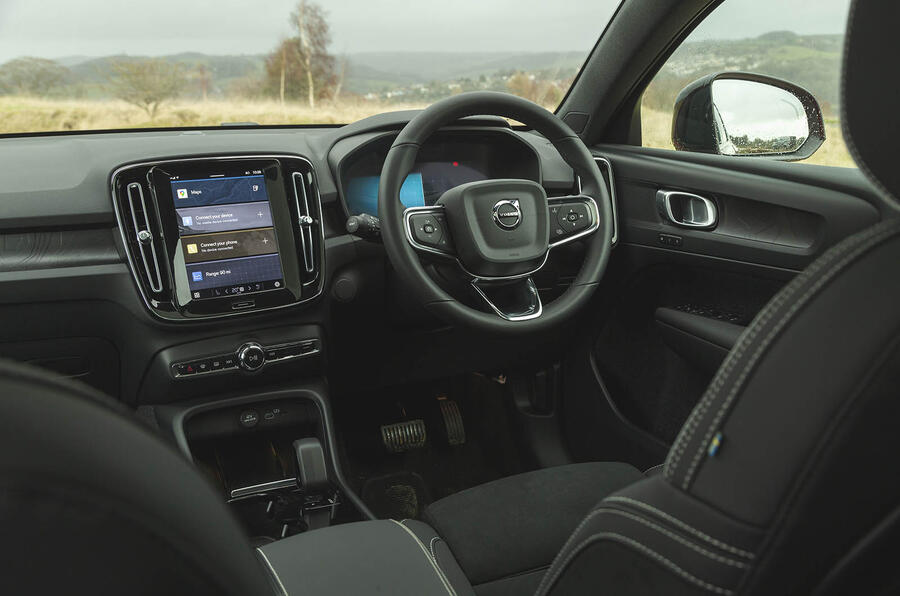Very few cars better symbolise how electrification is impacting car design, and opening up the art of the possible, than the single-motor version of the Volvo C40 Recharge.
Having joined its twin-motor four-wheel-drive sibling in production in Ghent, Belgium, midway through 2022, this car is broadly what you would expect it to be. It costs a bit less than a C40 Recharge Twin; it uses one drive motor rather than two; it has one driven axle rather than two; and it feaures a slightly smaller drive battery than its twin-motor sibling.
But dig a little deeper and you’ll discover one key technical point that would have made a 20th century automotive product planner’s eyes roll. Because while the 2023-model-year C40 Recharge (the one we’re testing here, just arrived on Volvo UK’s demo fleet after ongoing production and delivery delays) has its drive motor mounted up front attached to the front axle, the 2024-model-year version (which recently went on to UK order books, goes into production in the second half of 2023, and which you’re more likely get if you put down a deposit today) will have a rear-mounted drive motor and be rear-wheel drive instead.
The rear-mounted motor will make for better cruising efficiency and a useful torque gain - but it will also make this Volvo the very first car in this tester’s two decades of experience to switch from a front- to a rear-wheel-drive layout midway through its model lifecycle. And isn’t that just electrification in a nutshell? The rulebook we all know is left in tatters on the workshop floor.


